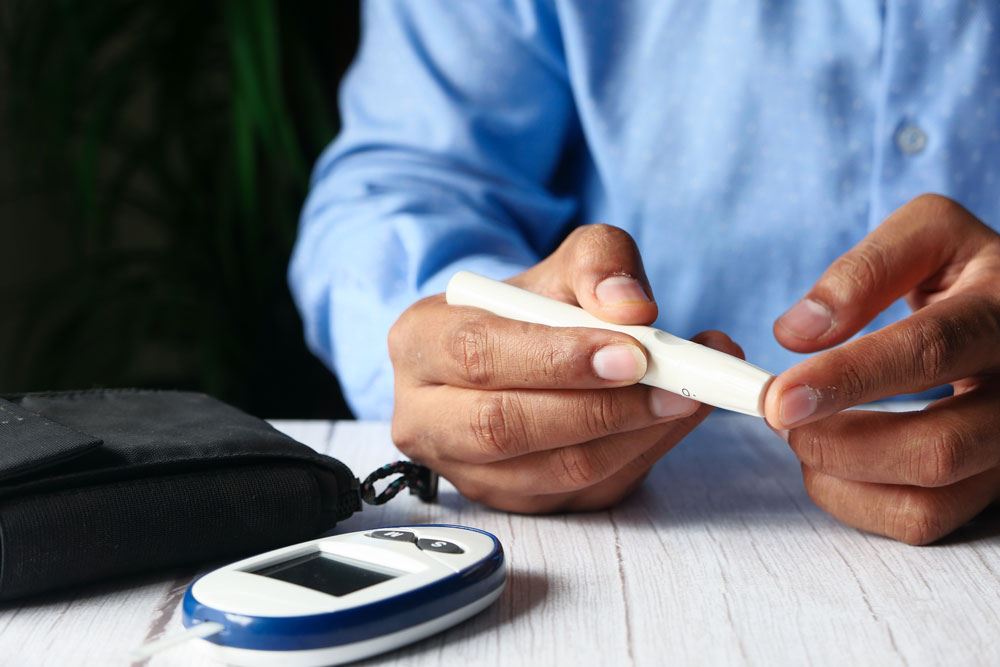Expert Panel Lowers Routine Screening Age for Diabetes to 35
The recommended age to start screening overweight and obese people for diabetes will be lowered from 40 to 35 according to the U.S. Preventive Services Task Force.
Those five years will help identify more people who have prediabetes. It also will give people a chance to avoid full-blown diabetes by adopting a healthier diet, exercising more often and losing weight.
Diabetes is a major risk factor for heart attacks and strokes, but also the leading cause of blindness and kidney failure and a major reason behind limb amputations in the United States.
About 13% of American adults — 34 million people — have diabetes, according to the U.S. Centers for Disease Control and Prevention (CDC). But more than one in three (35%) have prediabetes, a condition in which blood sugar levels are higher than normal but haven’t yet irreversibly harmed the body’s ability to respond to insulin.
The new recommendation and the science behind it were published Aug. 24 in the Journal of the American Medical Association.
The recommendation is important because under the Affordable Care Act, insurers are required to fully cover any screening the task force endorses, with no out-of-pocket cost to patients.
In the case of diabetes, screening entails a safe and simple blood test to check for levels of either fasting blood sugar or hemoglobin A1C.
The American Diabetes Association (ADA) applauded the updated screening recommendations. The ADA continue to see rising new cases of diabetes and estimates that approximately one-fourth of people with diabetes remain undiagnosed.
The guidelines also say doctors should consider diabetes screening at an even earlier age for people in higher-risk groups such as:
- Indigenous Americans/Alaska Natives, Asians, Blacks, Latinos and Pacific Islanders
- People with a family history of diabetes.
- Women who had gestational diabetes during pregnancy.
- Women with a history of ovarian cysts.
The American Diabetes Association (ADA) applauded the updated screening recommendations. The ADA continue to see rising new cases of diabetes and estimates that approximately one-fourth of people with diabetes remain undiagnosed.
Another study, published Aug. 24 in Journal of the American Medical Association, found the rate of type 2 diabetes in those 19 and younger nearly doubled between 2001 and 2017. The greatest increases occurred among young people who are Black and Latino. While the number of kids with diabetes is increasing, it remains relatively low. Fewer than one of every 1,000 American children had type 2 diabetes in 2017, according to the study.
Learn more about prediabetes from the CDC and see all of the U.S. Preventive Services Task Force’s screening recommendations.
